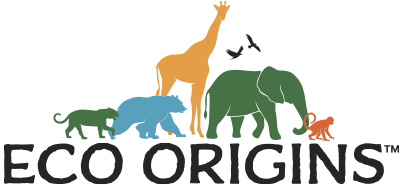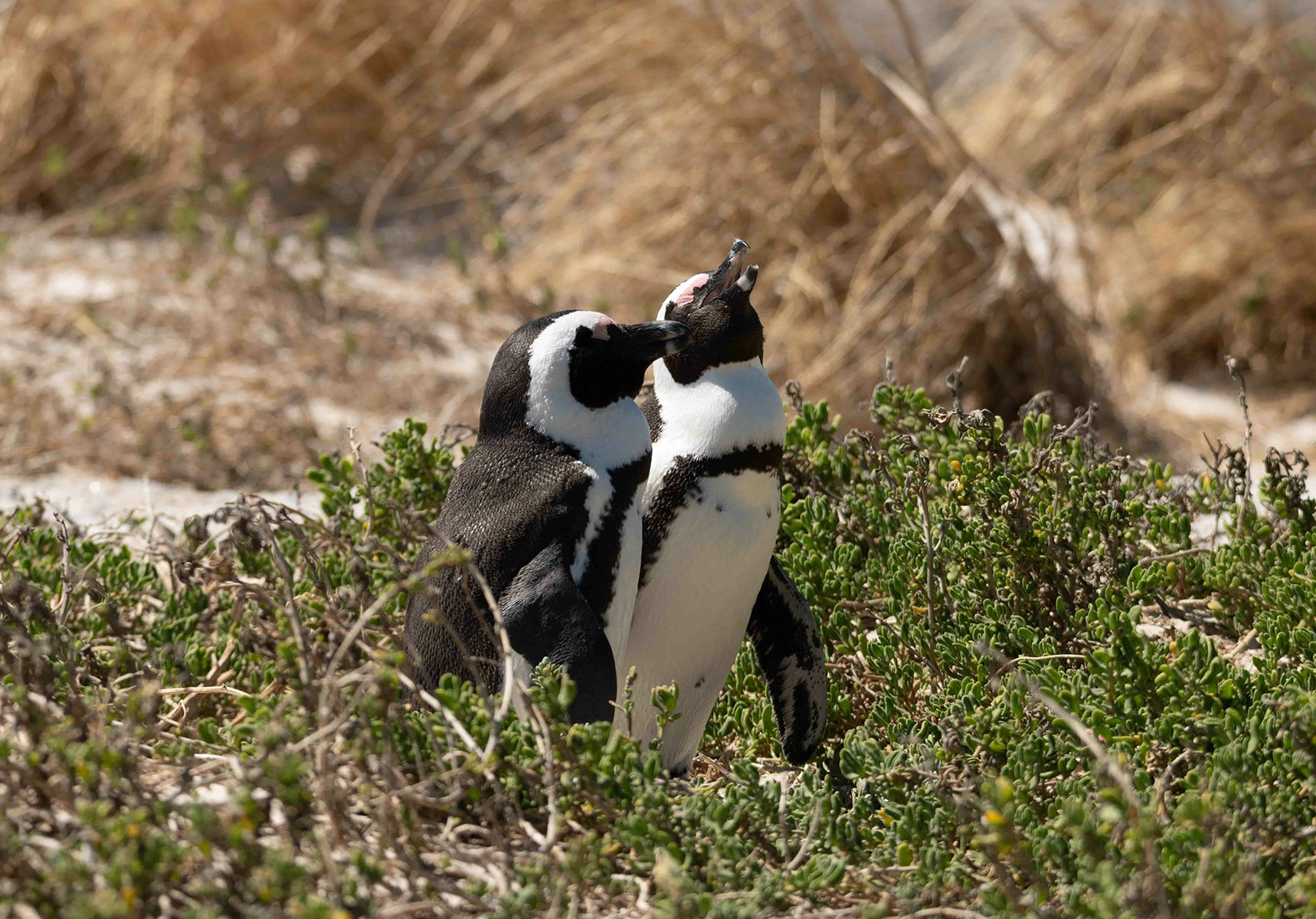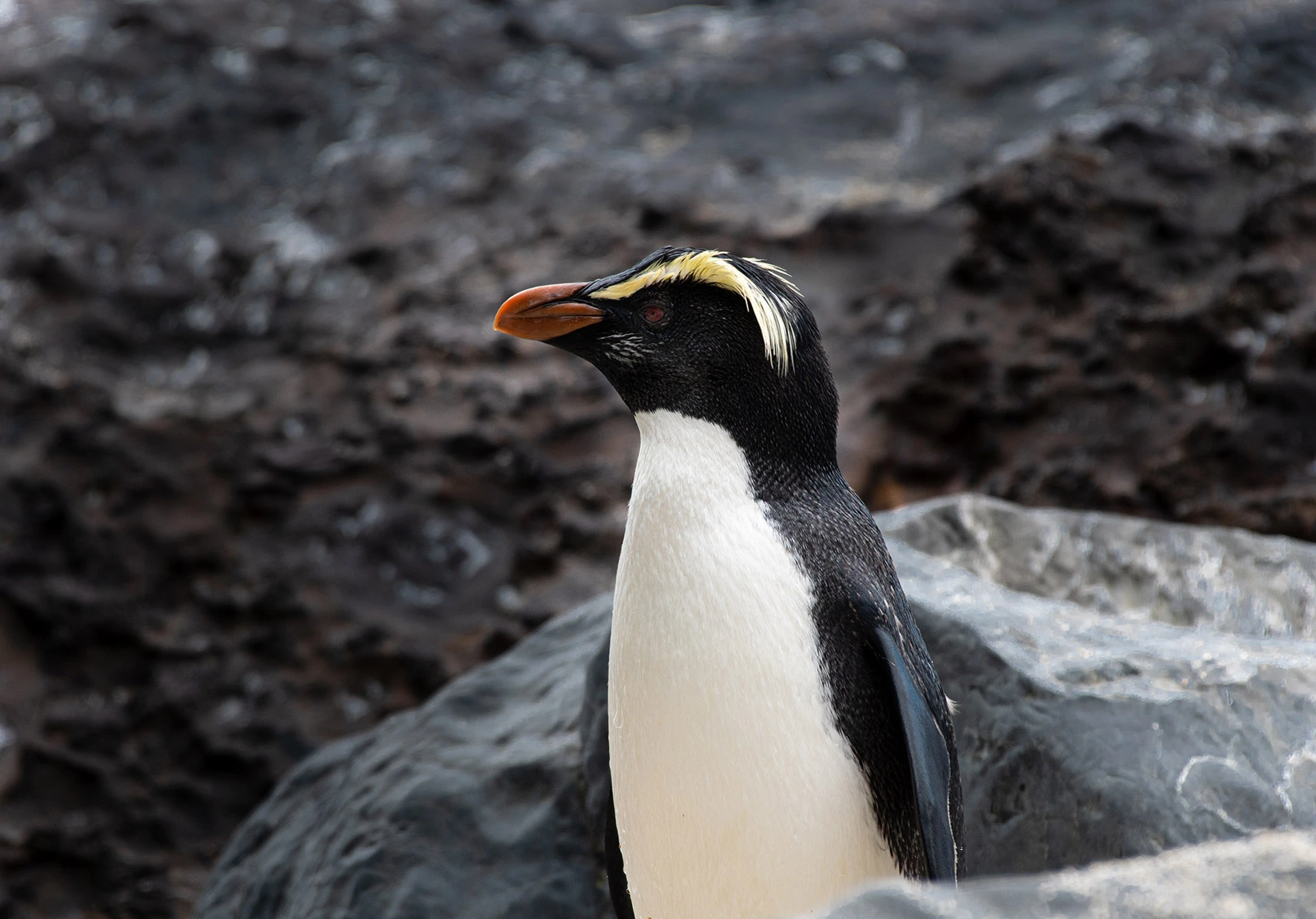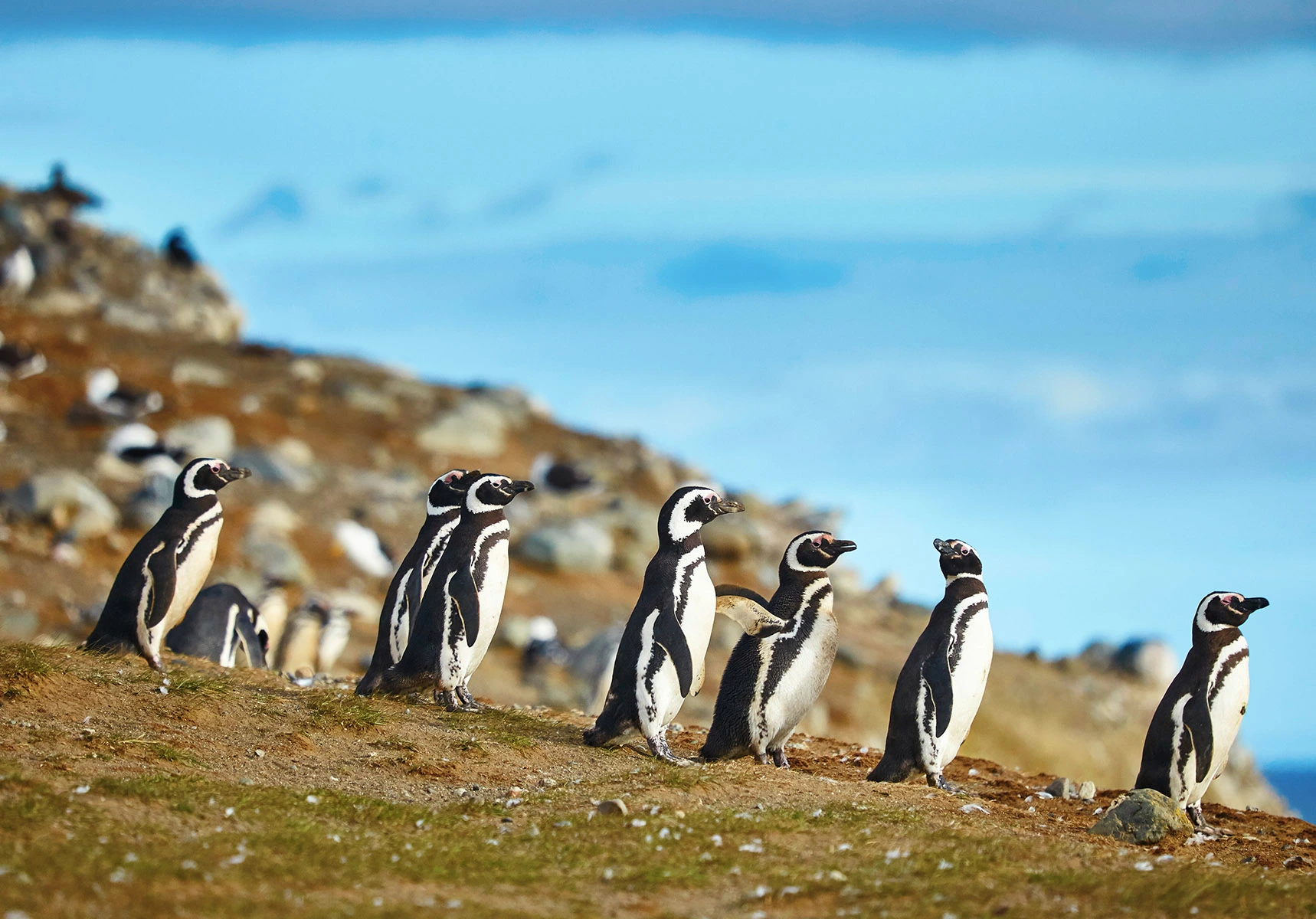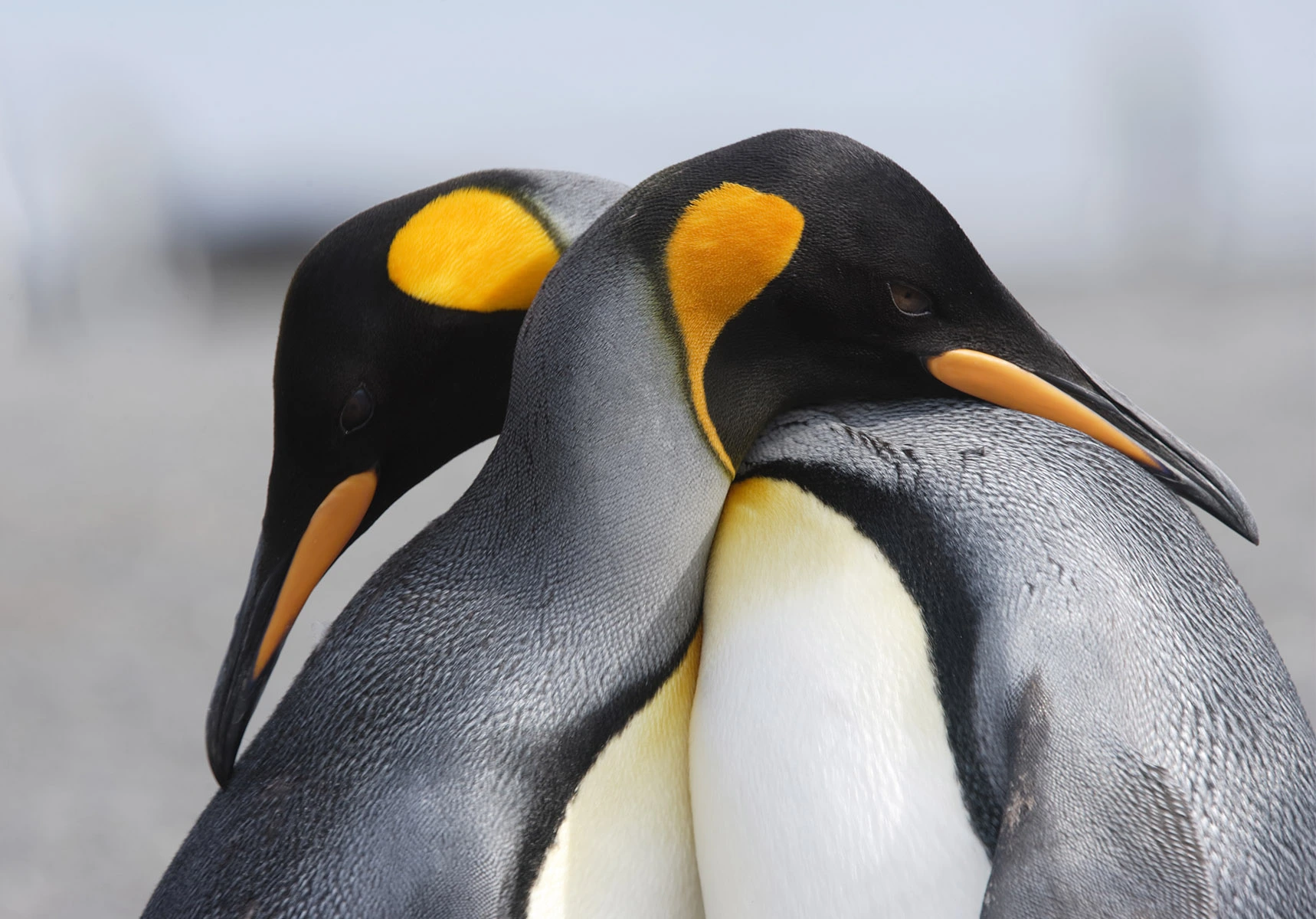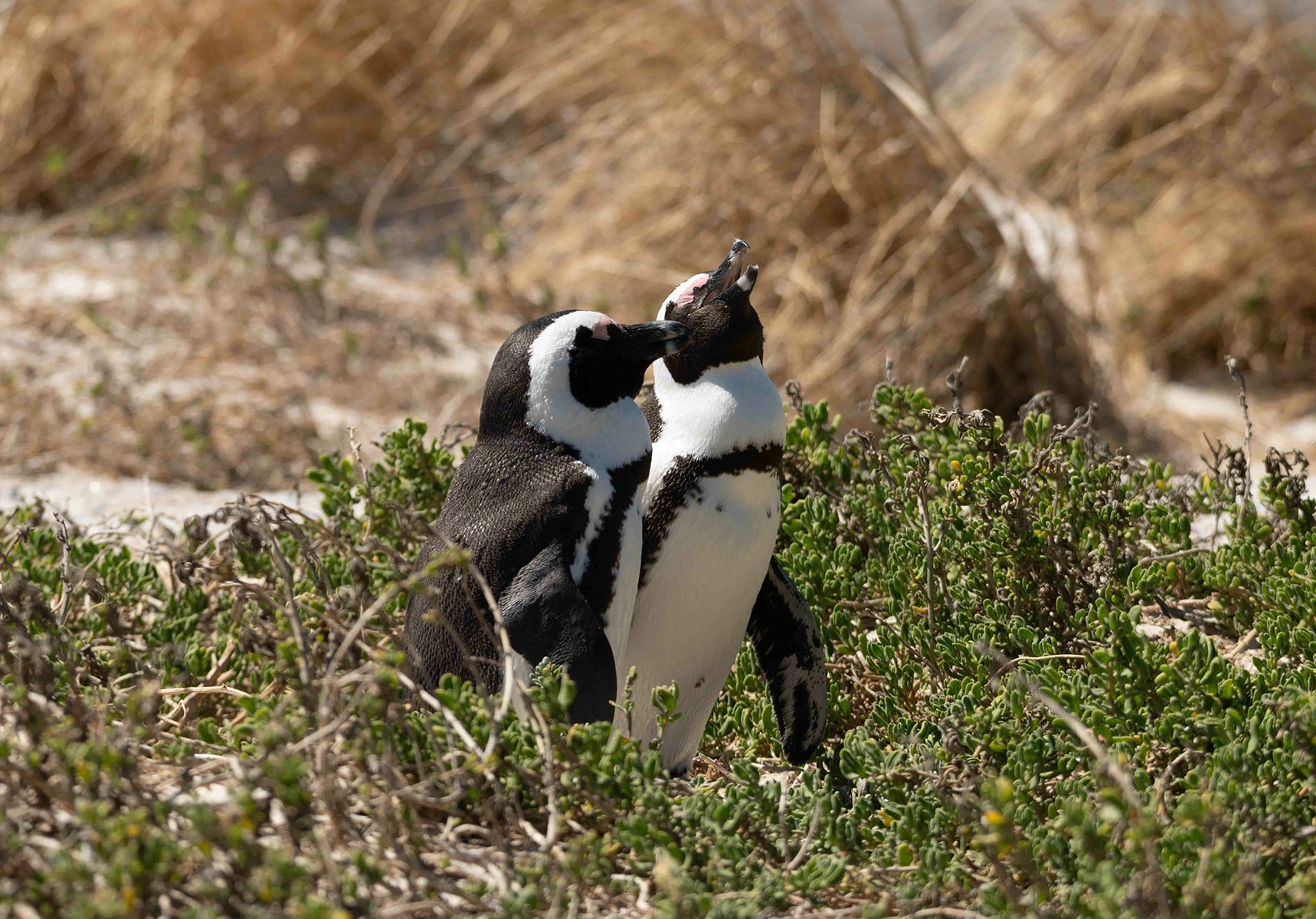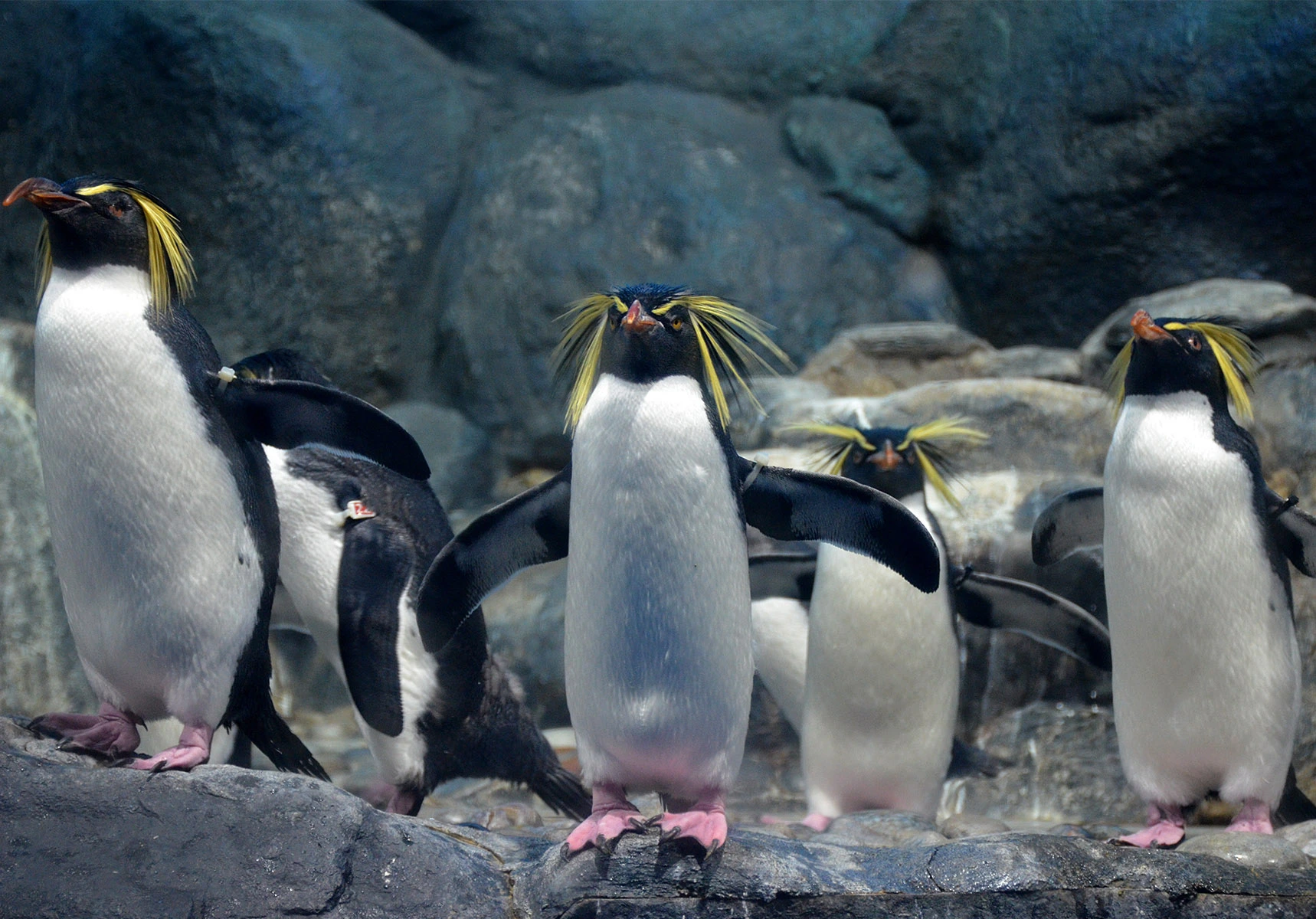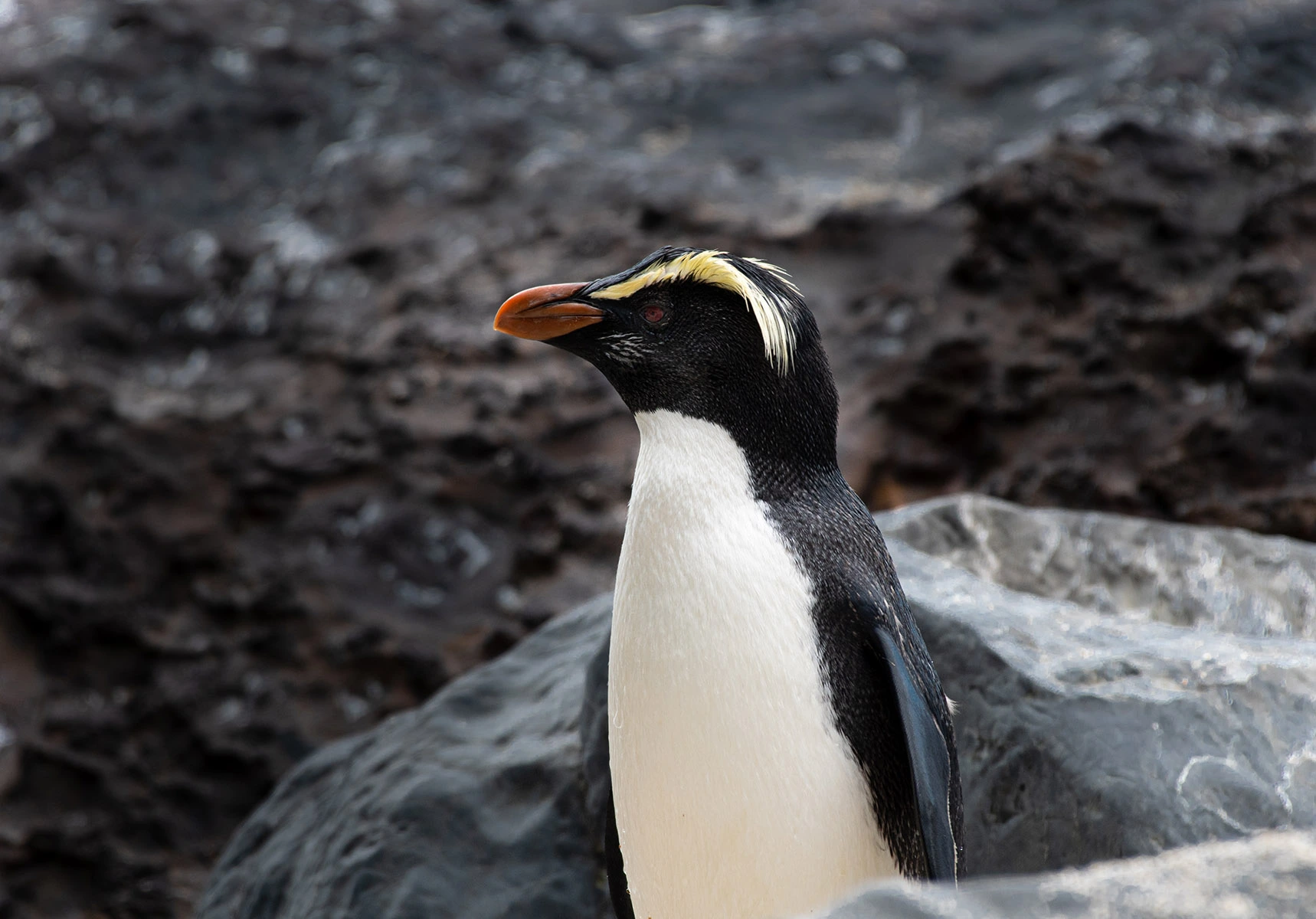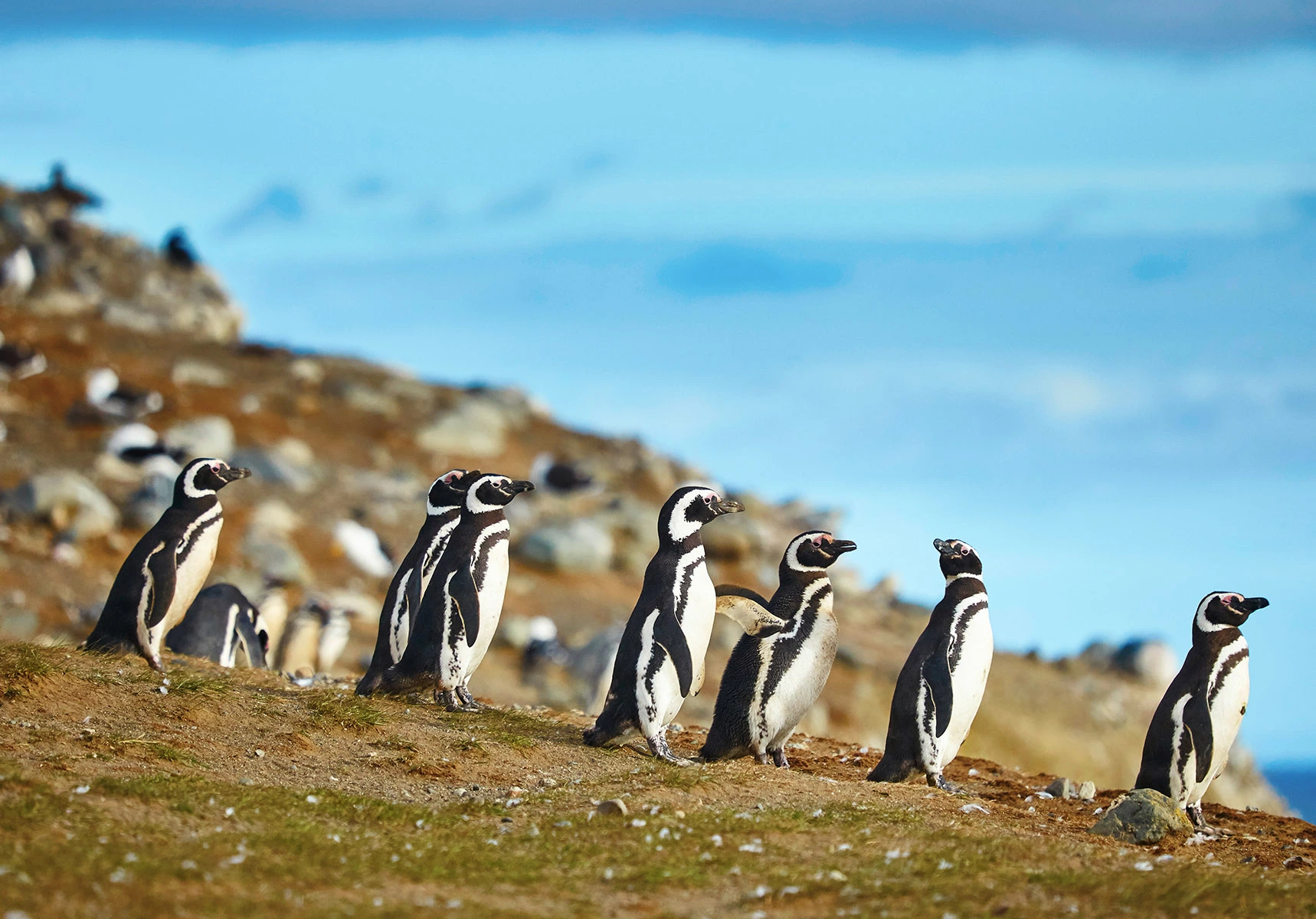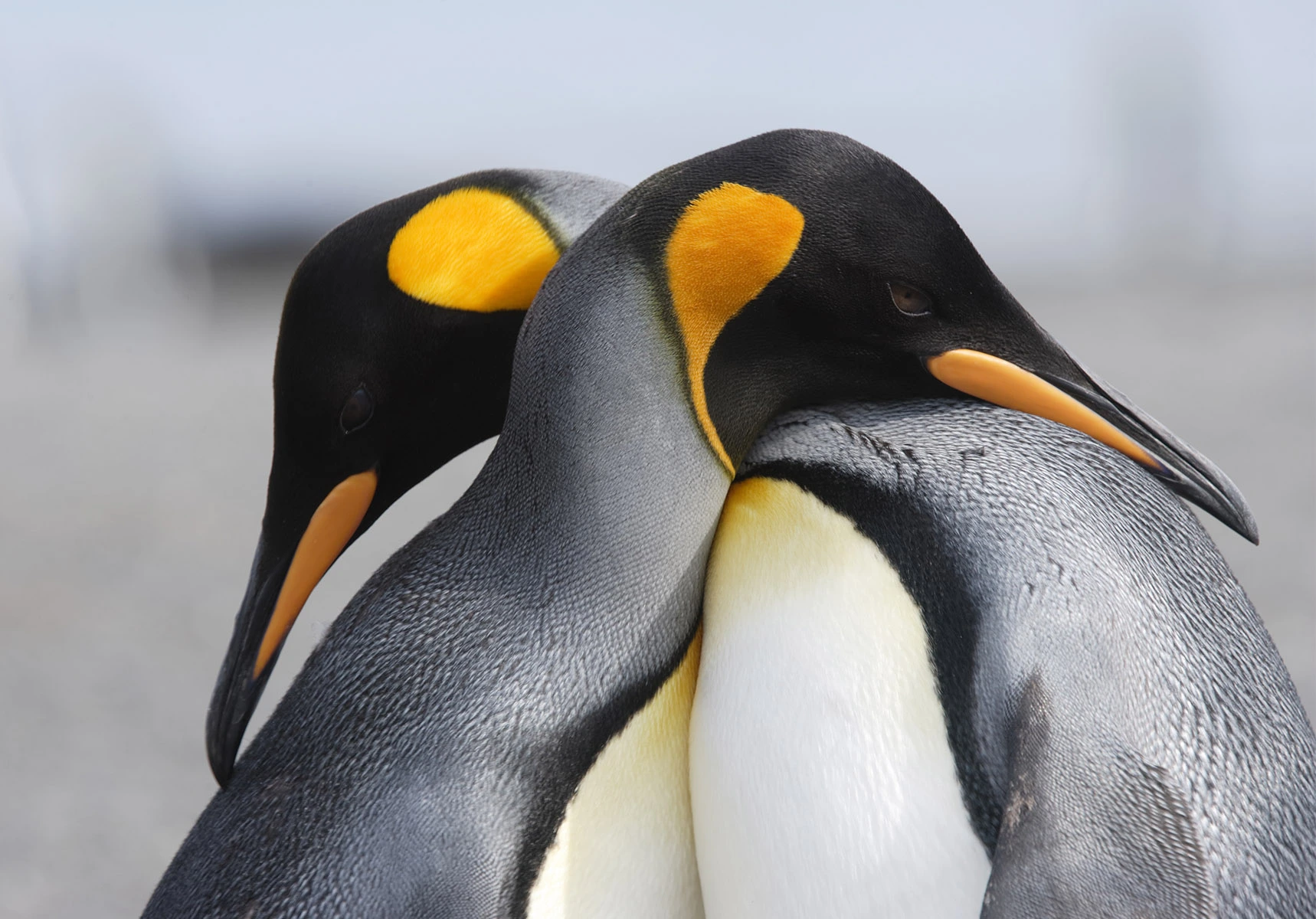Meet Tawaki! Named after a brave Māori demi-god, he’s a penguin with a heart full of courage and a spirit ready to dive into adventure.
Tawaki’s story is an ancient one—he hails from a lineage that began over 60 million years ago! Once airborne birds, his ancestors traded the skies for the seas, transforming their wings into powerful flippers perfect for underwater escapades.
Today, Tawaki calls the Southern Hemisphere home, waddling across icy shores and gliding through chilly waters with ease. He’s a symbol of resilience, adaptability, and the wonders of the natural world.
Are you ready to waddle along with Tawaki and explore the ocean’s mysteries? Let’s take the cold plunge!
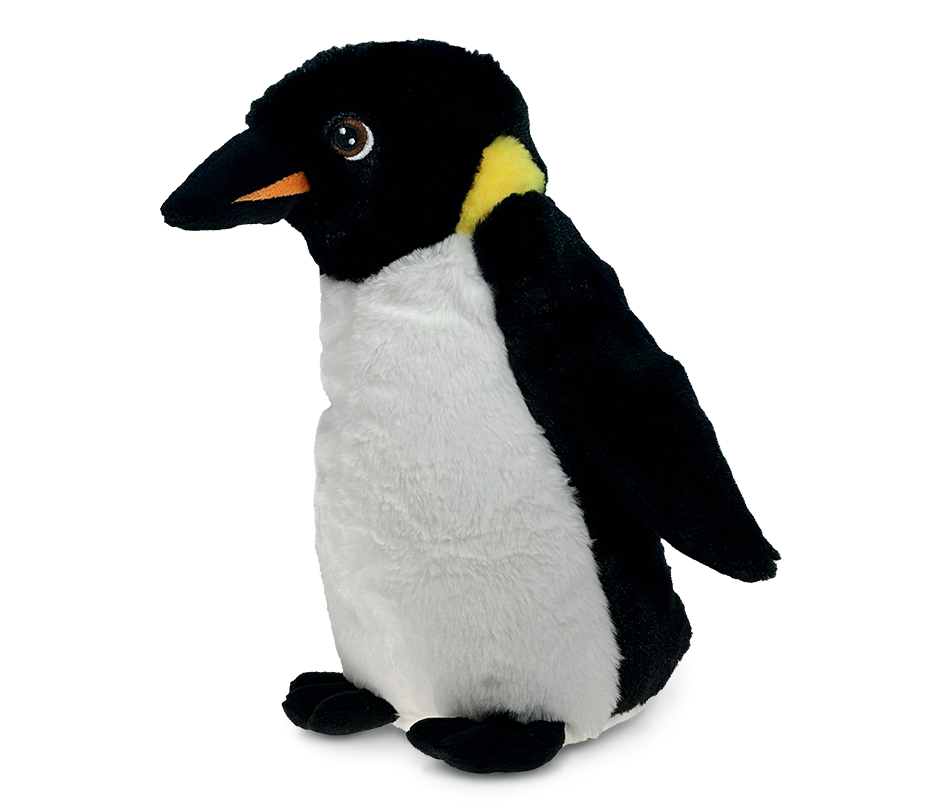
Origin
Primarily found in the Southern Hemisphere, with species distributed across Antarctica (e.g., Emperor penguin), South America, Africa, Australia, and New Zealand. Some species inhabit temperate regions (e.g., Galápagos penguin near the equator).
Risk Level
Varies by species, ranging from low to high. Many penguin species are threatened by climate change, overfishing, and habitat destruction, impacting their food sources and breeding grounds.
Species
There are 18 recognised species, including Emperor (Aptenodytes forsteri), King (Aptenodytes patagonicus), Adelie (Pygoscelis adeliae), and Little Blue Penguin (Eudyptula minor), among others.
Status
Penguins’ conservation status ranges from least concern to endangered. For example, the Emperor penguin is near threatened, while the Galápagos penguin is endangered. Conservation measures include marine protected areas, climate change mitigation, and strict fishing regulations to preserve their ecosystems.
Why is ‘Tawaki’ important to the eco-system?
Penguins like Tawaki are nature’s ocean ambassadors! By feasting on fish, squid, and krill, they help keep marine populations in balance, which is crucial for a healthy ocean.
But that’s not all! Tawaki and her penguin friends also bring nutrients from the ocean to the land through their droppings, which enrich coastal ecosystems and help plants grow. These nutrients even support other wildlife that shares their icy habitat.
Protecting Tawaki’s ocean and nesting grounds is very important—not just for her, but for all the creatures that depend on this delicate ecosystem. Plus, healthy oceans help regulate our planet’s climate. So, give a happy waddle for Tawaki, the ocean’s feathered steward!
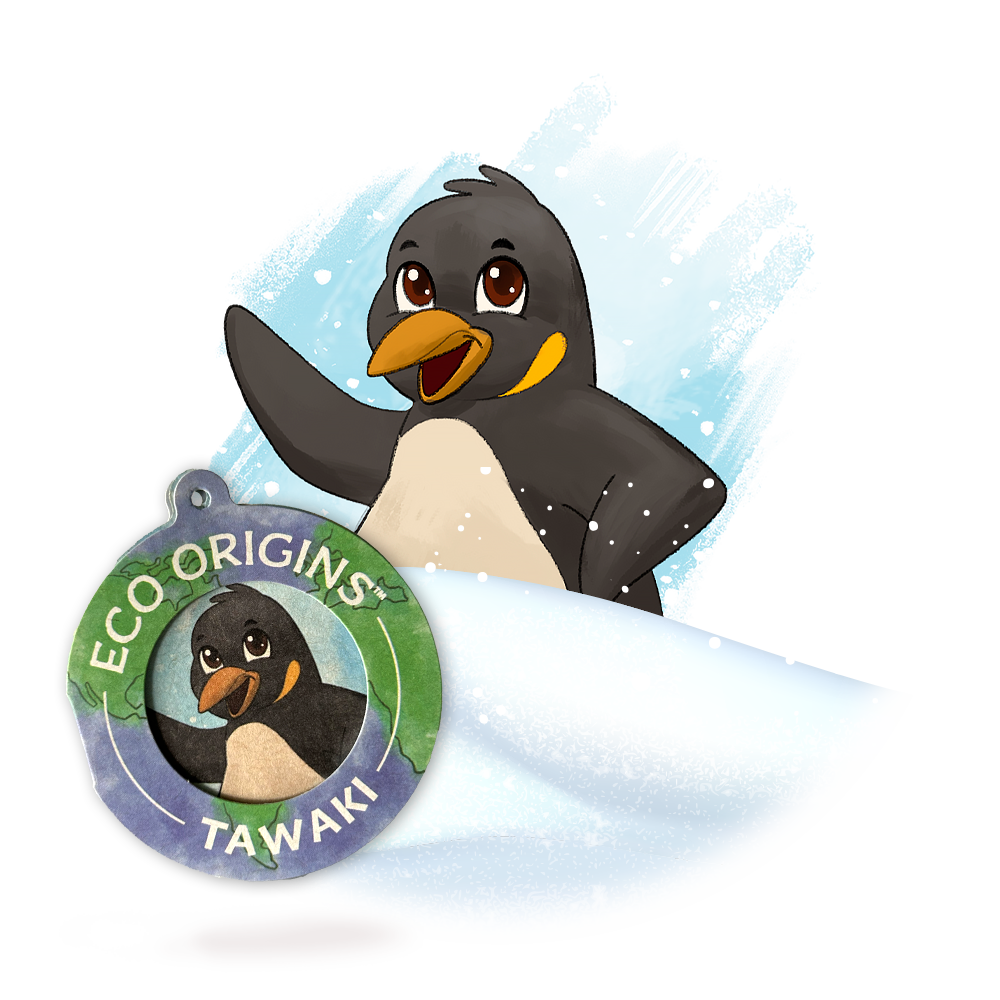
Measuring the Risk of Extinction
A species is considered critically endangered if it has lost 80% or more of its geographic range, and has a greater than 50% chance of extinction over the next 10–100 years.
Critically endangered penguin species, such as the Galápagos penguin, face severe risks due to climate change, reduced food availability, and habitat disturbance. With fewer than 2,000 breeding pairs remaining, these penguins are at an extremely high risk of extinction without targeted conservation efforts to address threats like warming oceans and human interference.
According to the IUCN, 2 species of penguins are categorised as Critically Endangered. [source]
A species is considered endangered if it has lost more than half of its geographic range, and has a greater than 20% chance of extinction over the next 10–100 years.
Endangered penguin species, including the yellow-eyed penguin, have experienced significant population declines due to habitat destruction, introduced predators, and disease. With an estimated population of fewer than 3,000 individuals, these penguins are at a high risk of extinction. Conservation efforts focus on habitat restoration and predator control.
According to the IUCN, 3 species of penguins are considered Endangered. [source]
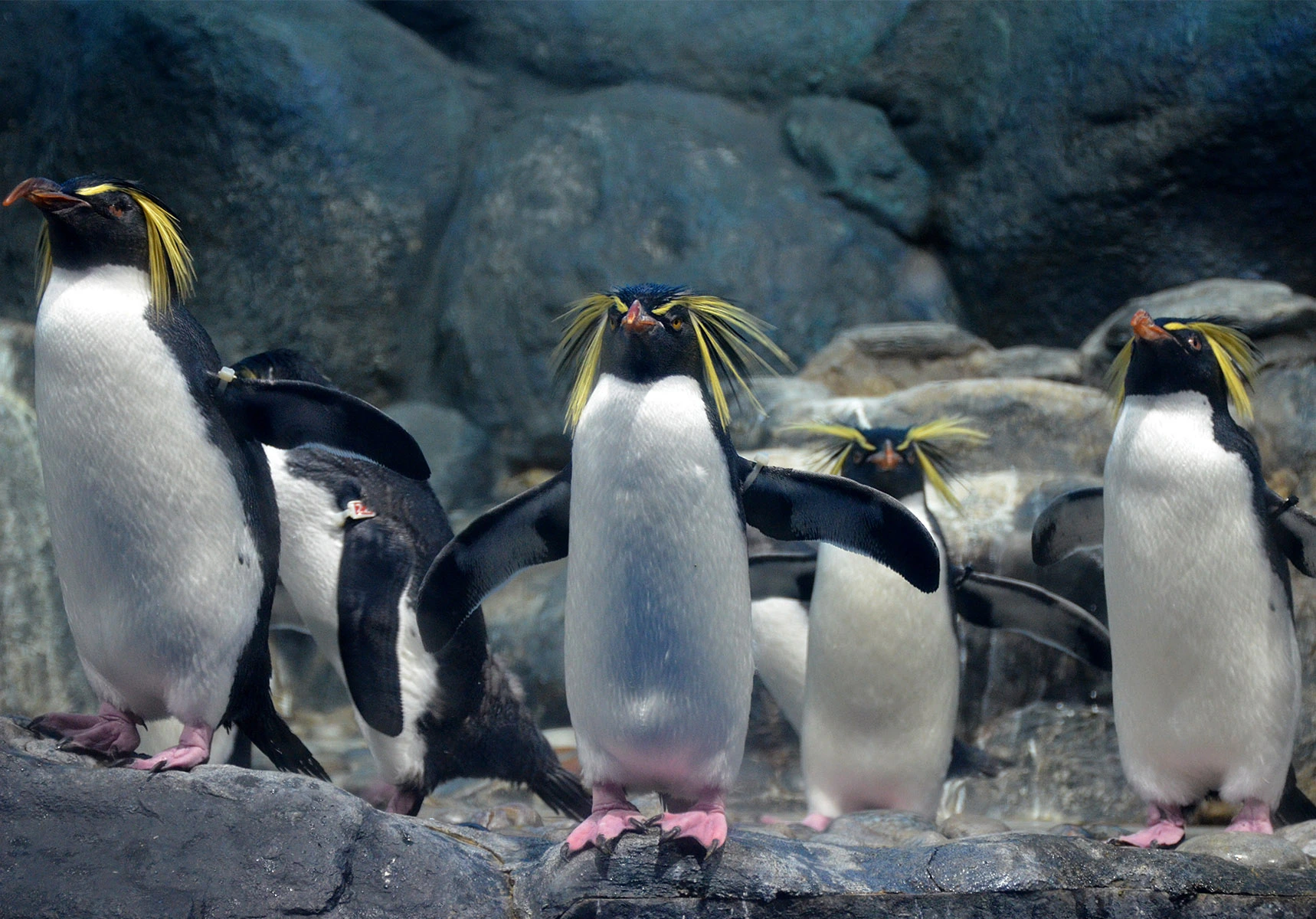
A species is considered vulnerable if there is a greater than 10% chance that it goes extinct in the wild within 100 years.
Vulnerable penguin species, such as the African penguin, face ongoing threats from overfishing, oil spills, and climate change. These populations, which have declined by more than 50% over the past decades, remain larger than critically endangered species but could be lost without continued conservation work. Protecting food sources and breeding grounds is key to their survival.
According to the IUCN, 5 species of penguins are listed as Vulnerable. [source]
A species is close to meeting the definition of endangered, vulnerable, or critically endangered based on recent trends.
Near-threatened penguin species, such as the Macaroni penguin, are not yet in immediate danger but are experiencing declines due to environmental changes and food scarcity. Monitoring and proactive conservation measures are essential to prevent these species from moving into higher-risk categories.
According to the IUCN, 2 species of penguins are categorized as Near Threatened. [source]
A species is widespread, abundant, and not threatened with extinction.
Least-concern penguin species, like the Adélie penguin, have stable populations and are well-adapted to their environments. These penguins benefit from abundant habitats and food sources, though localized threats such as climate change and overfishing require continued monitoring to ensure their long-term stability.
According to the IUCN, 5 species of penguins are considered Least Concern. [source]
Measuring the Risk of Extinction
A species is considered critically endangered if it has lost 80% or more of its geographic range, and has a greater than 50% chance of extinction over the next 10–100 years.
Critically endangered penguin species, such as the Galápagos penguin, face severe risks due to climate change, reduced food availability, and habitat disturbance. With fewer than 2,000 breeding pairs remaining, these penguins are at an extremely high risk of extinction without targeted conservation efforts to address threats like warming oceans and human interference.
According to the IUCN, 2 species of penguins are categorized as Critically Endangered. [source]
A species is considered endangered if it has lost more than half of its geographic range, and has a greater than 20% chance of extinction over the next 10–100 years.
Endangered penguin species, including the yellow-eyed penguin, have experienced significant population declines due to habitat destruction, introduced predators, and disease. With an estimated population of fewer than 3,000 individuals, these penguins are at a high risk of extinction. Conservation efforts focus on habitat restoration and predator control.
According to the IUCN, 3 species of penguins are considered Endangered. [source]
A species is considered vulnerable if there is a greater than 10% chance that it goes extinct in the wild within 100 years.
Vulnerable penguin species, such as the African penguin, face ongoing threats from overfishing, oil spills, and climate change. These populations, which have declined by more than 50% over the past decades, remain larger than critically endangered species but could be lost without continued conservation work. Protecting food sources and breeding grounds is key to their survival.
According to the IUCN, 5 species of penguins are listed as Vulnerable. [source]
Near-threatened penguin species, such as the Macaroni penguin, are not yet in immediate danger but are experiencing declines due to environmental changes and food scarcity. Monitoring and proactive conservation measures are essential to prevent these species from moving into higher-risk categories.
According to the IUCN, 2 species of penguins are categorized as Near Threatened. [source]
Least-concern penguin species, like the Adélie penguin, have stable populations and are well-adapted to their environments. These penguins benefit from abundant habitats and food sources, though localized threats such as climate change and overfishing require continued monitoring to ensure their long-term stability.
According to the IUCN, 5 species of penguins are considered Least Concern. [source]
100% Recycled: Head to Toe!
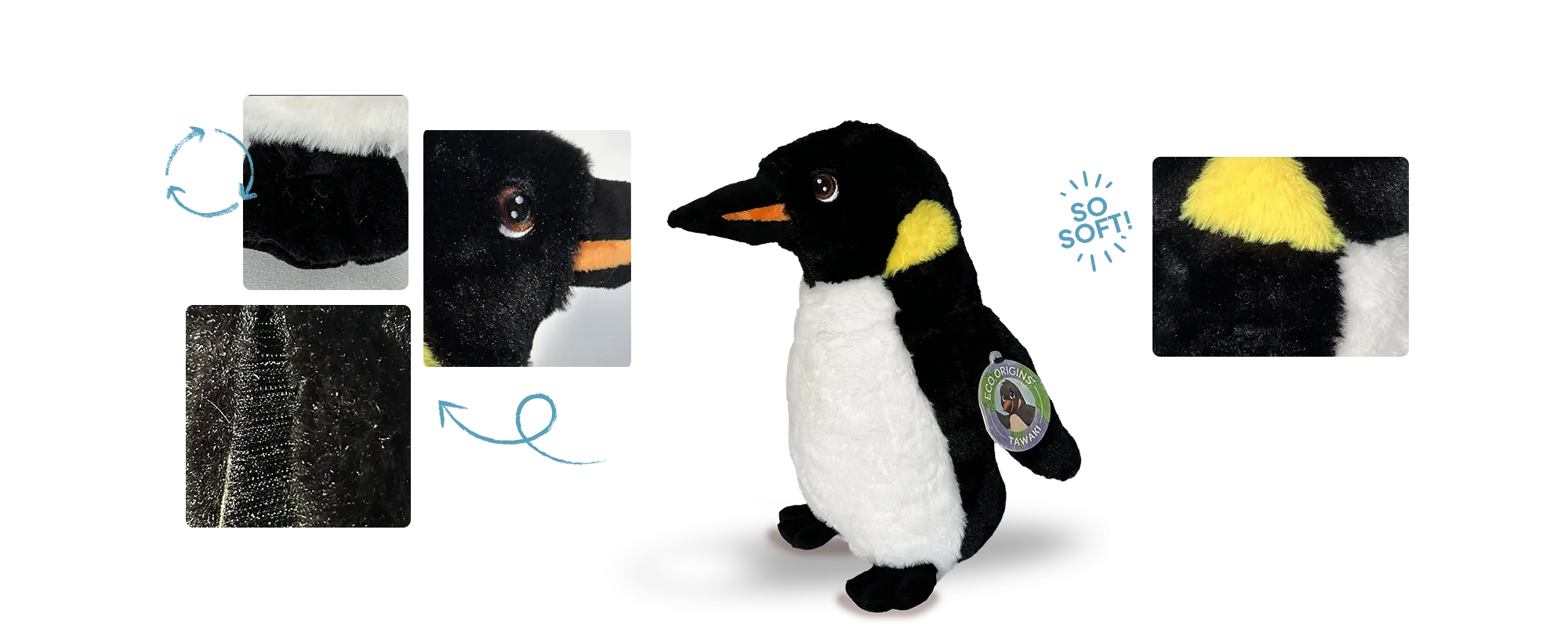
The fabric
We scour the best recycled material fabrics so that our plush always feels premium and soft to the touch!
Hang Tag
The Hangtag is made of recycled paper and attached with a Recycled Polyamide attacher.
Embroidery
Even our threads are recycled! They are extensively used in creation of adorable eyes!
Fiber Fill
What’s inside? Well it’s recycled, super soft, hypo-allergenic fiber!
Call of the Wild: Learning Den
Let’s get inspired to reconnect with nature! Discover cool facts about amazing animals, their families, and why they’re so important for keeping our planet wild and beautiful. It’s time to learn, explore, and take action to protect the incredible creatures that share our world.
25
1800
15
A good looking tuxedo always does the trick!
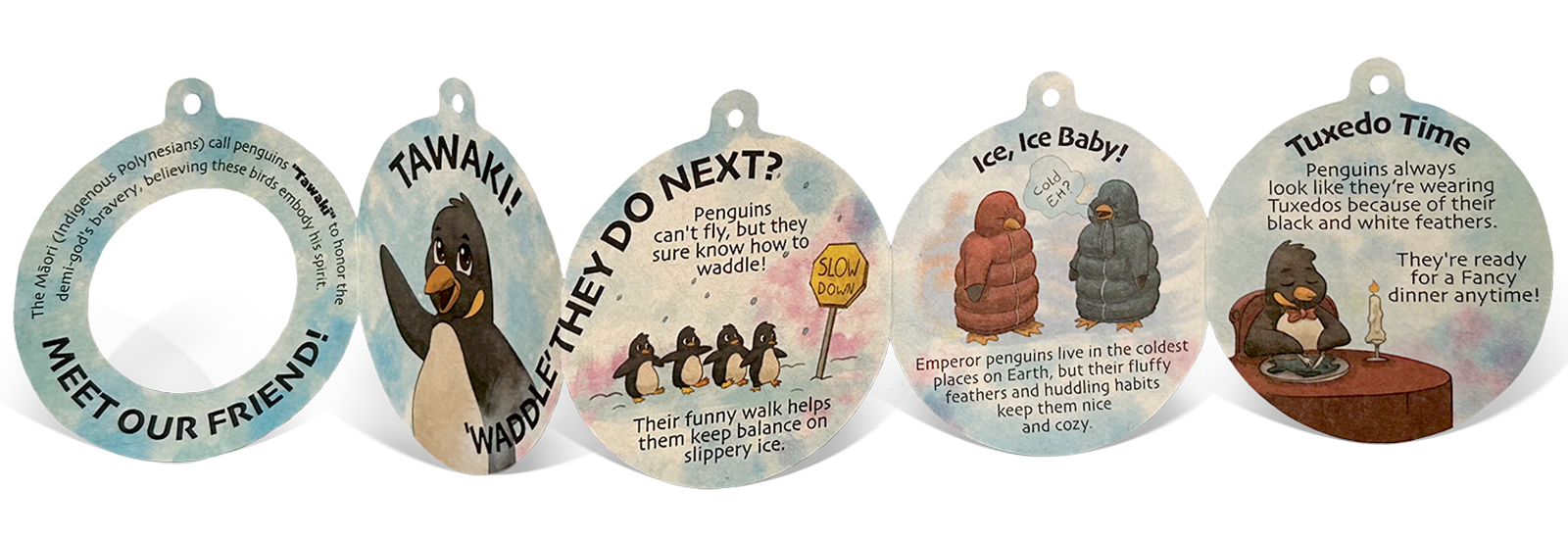
Fun Facts: Nature Nuggets!

“Waddle’ they do next?” Penguins can’t fly, but they sure know how to waddle! Their funny walk helps them keep balance on slippery ice.
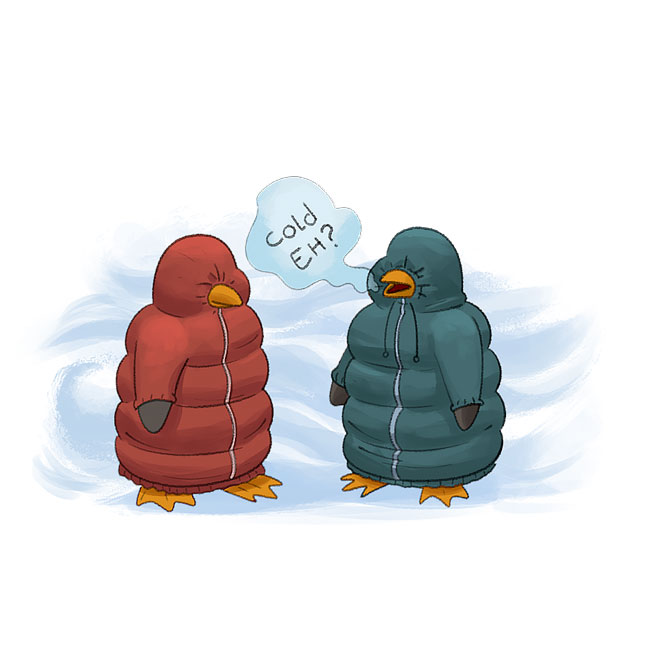
“Ice, Ice Baby!” Emperor penguins live in the coldest places on Earth, but their fluffy feathers and huddling habits keep them nice and cozy.

“Tuxedo Time” Penguins always look like they’re wearing Tuxedos because of their black and white feathers. They’re ready for a Fancy dinner anytime!
